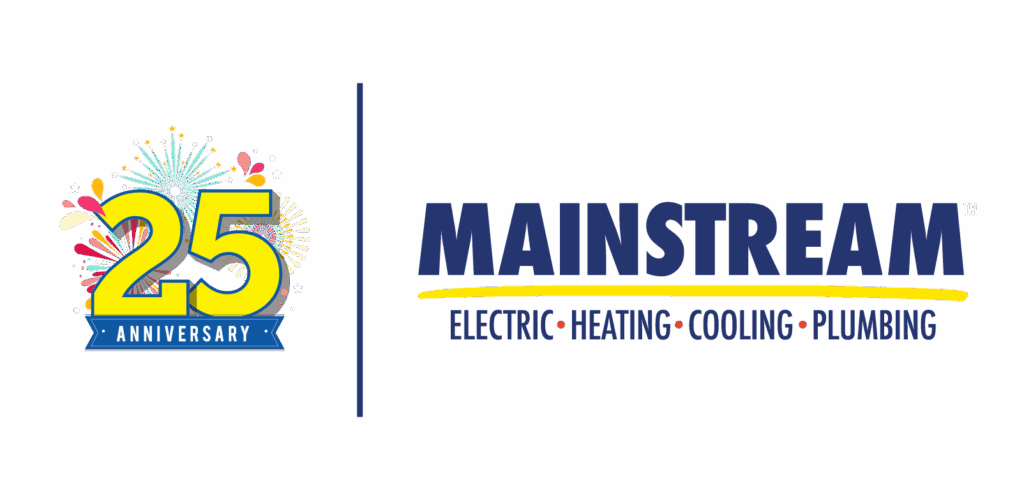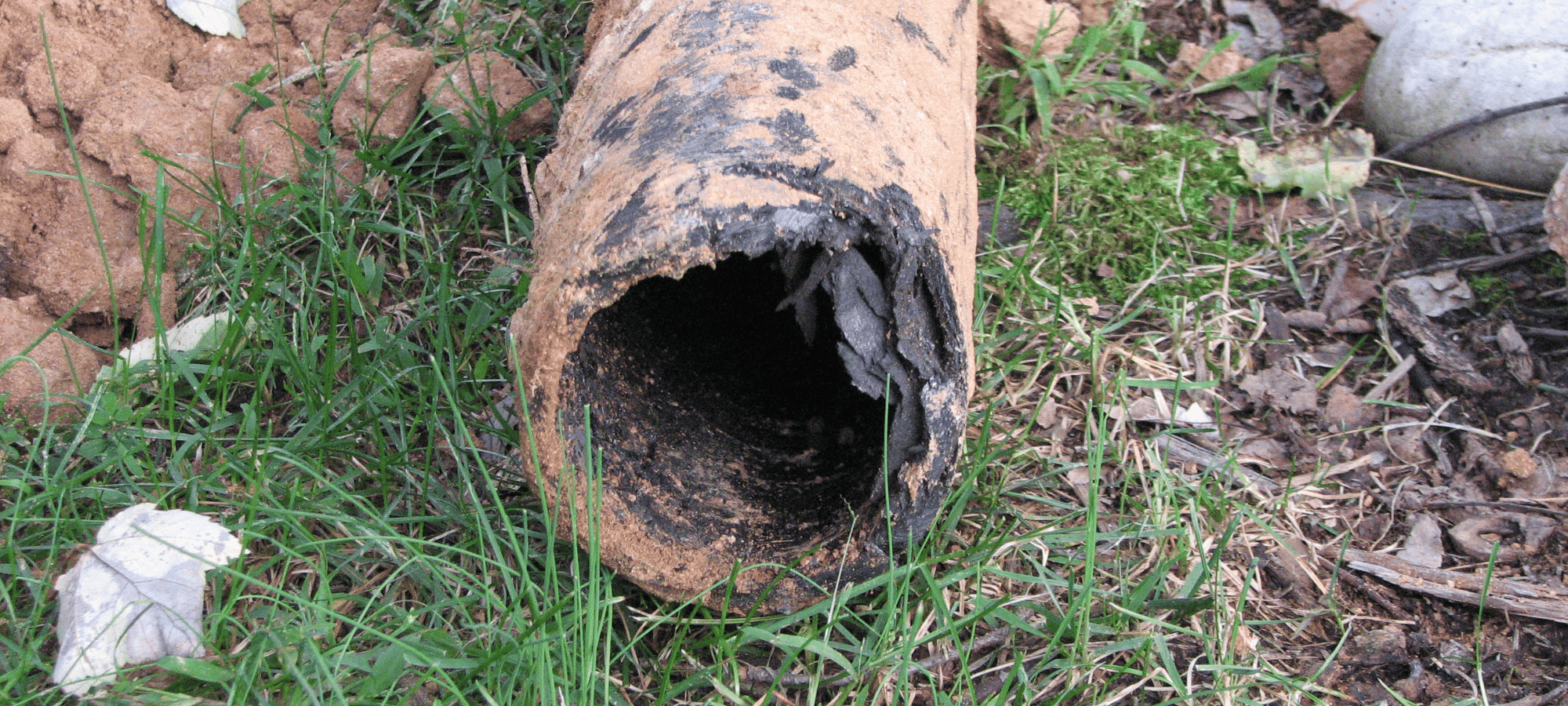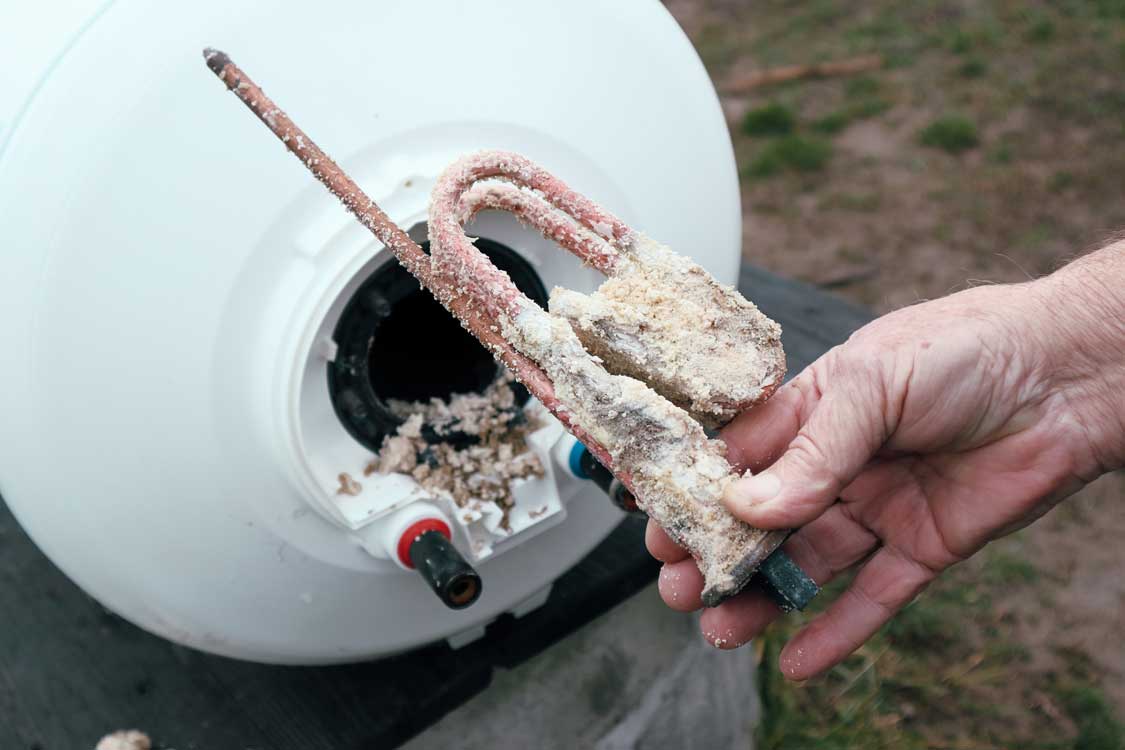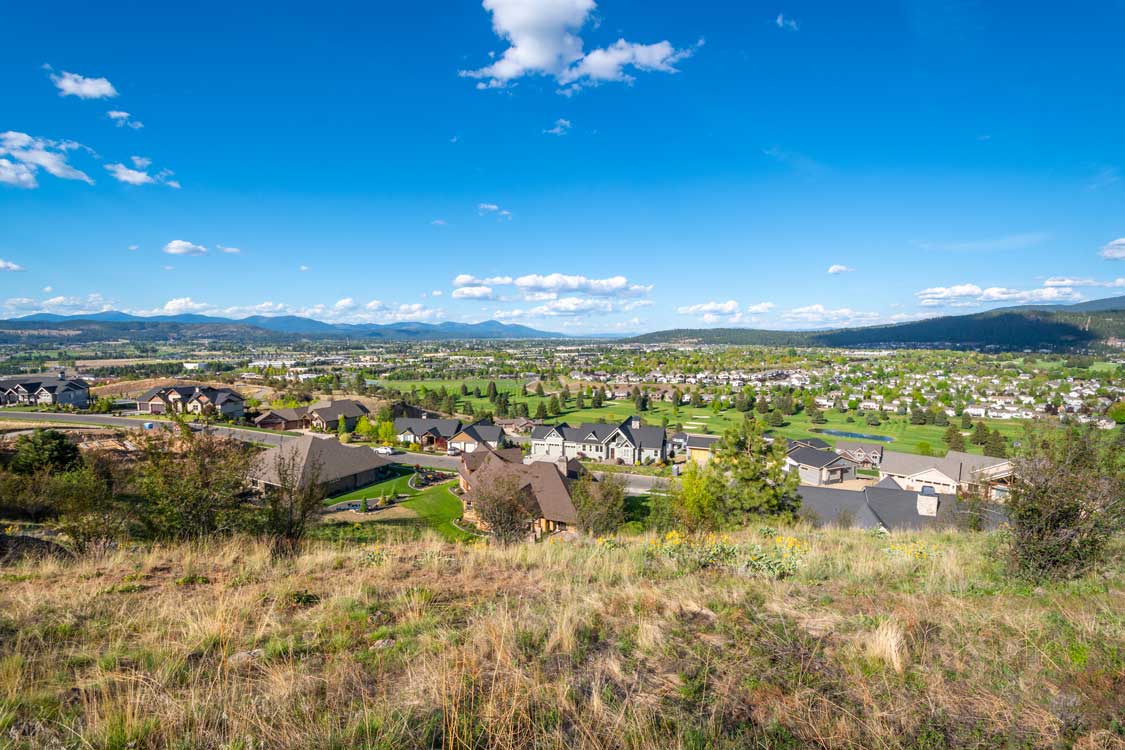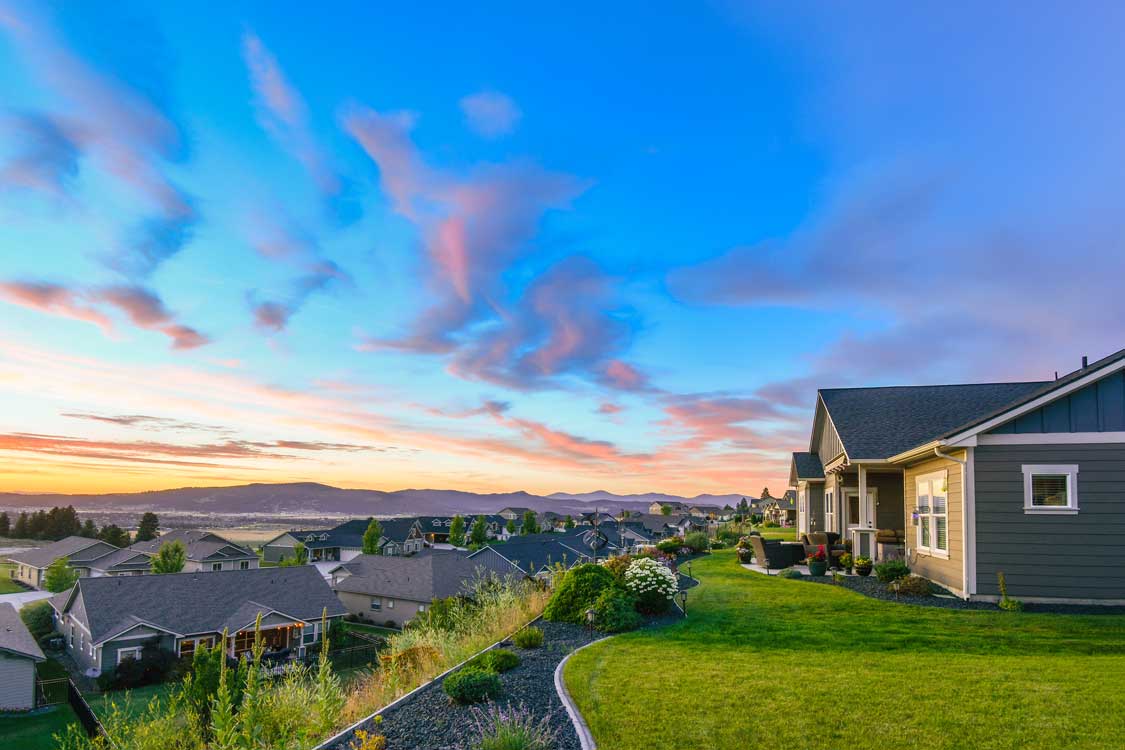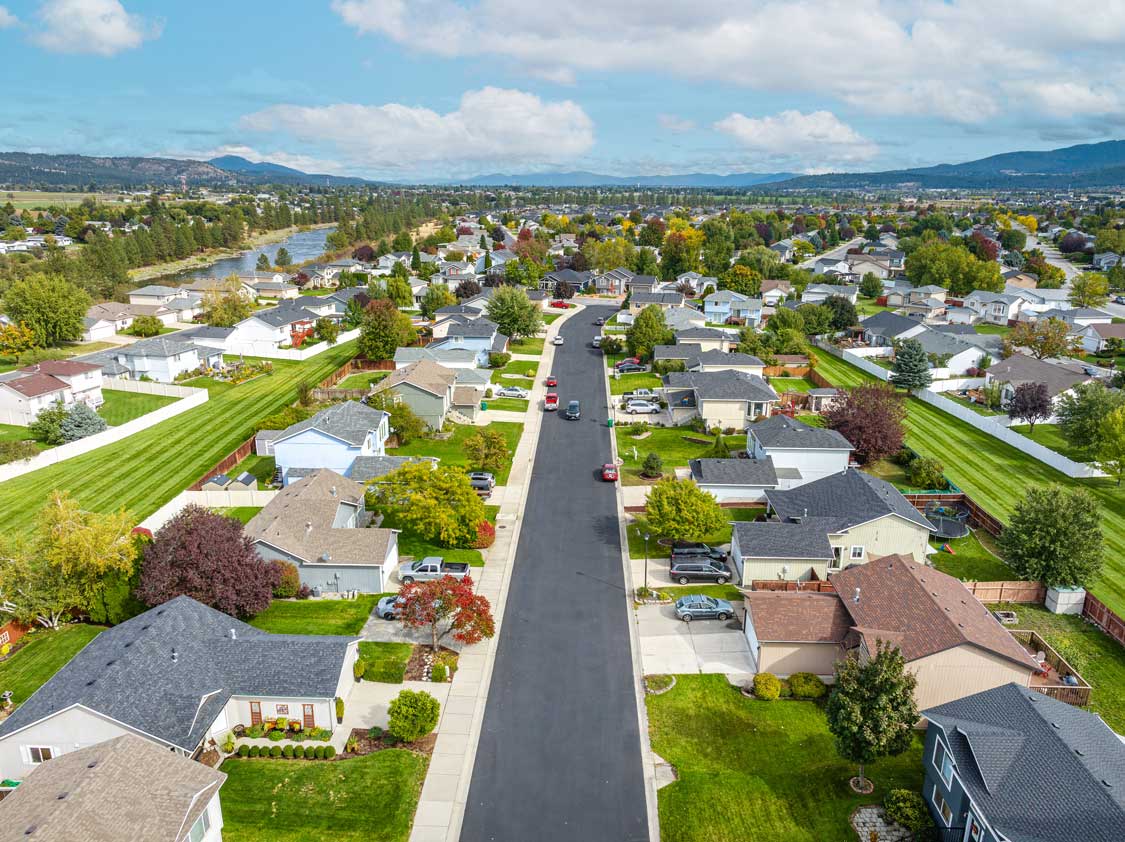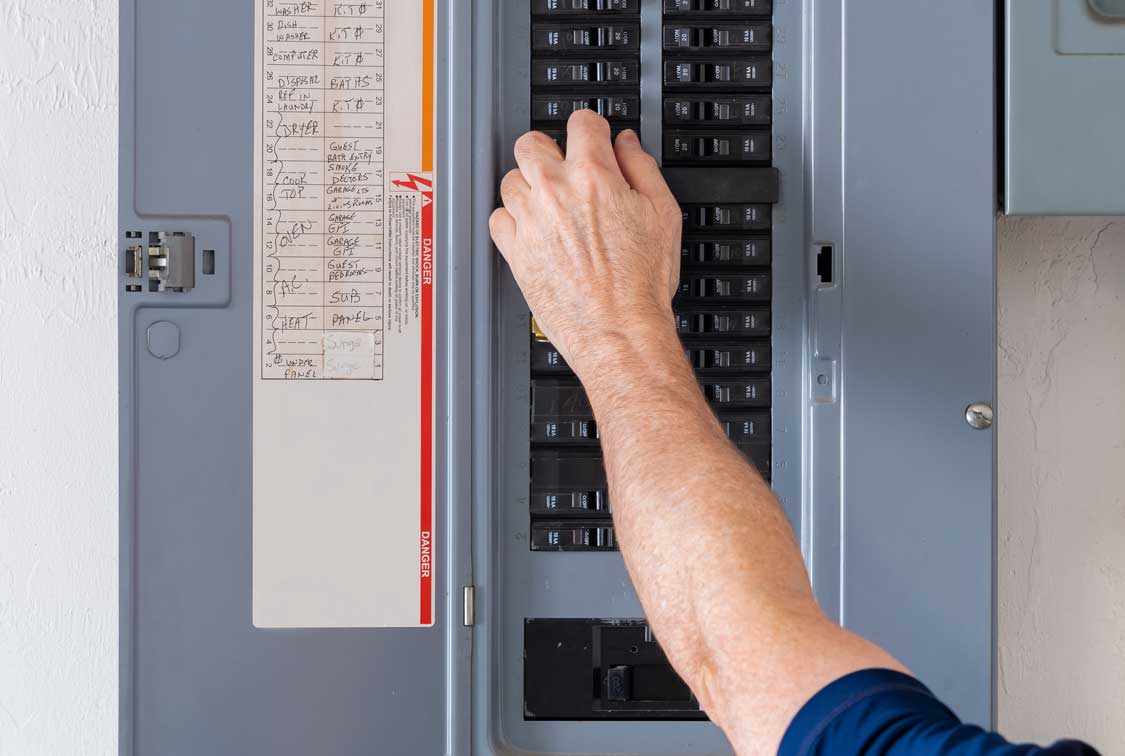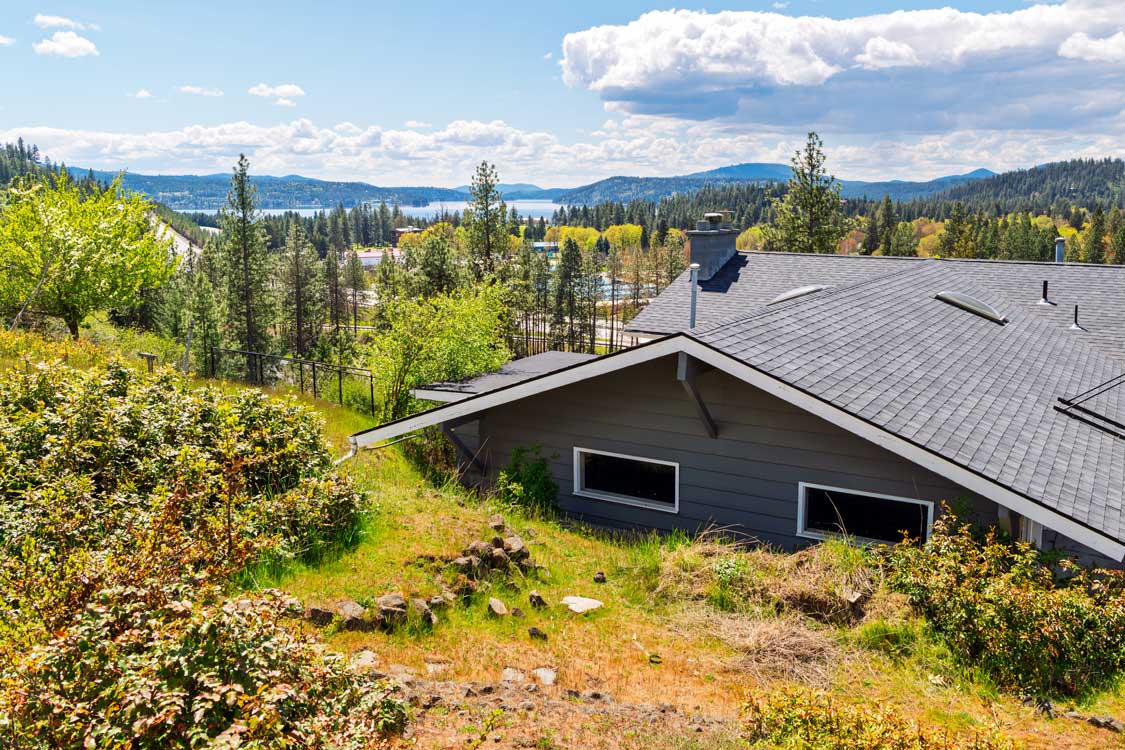Edited: December 18, 2025
If your Spokane home was built between the 1940s and 1970s, there’s a real chance your sewer line was made from Orangeburg pipe. Many homeowners first hear the term during an inspection or after a backup — and the next question is usually the same: Can Orangeburg pipe be repaired, or does it need to be replaced?
This guide focuses on exactly that. We’ll walk through why Orangeburg pipes fail, how to recognize trouble, and what repair and replacement options look like for Spokane and Northern Idaho homeowners.
If you’re still trying to understand what Orangeburg pipe is or how to identify it, start here:
Why Orangeburg Pipes Fail Over Time
Orangeburg pipe was originally made from compressed wood pulp sealed with tar. While it was lightweight and easy to install decades ago, those same materials break down when exposed to moisture, soil pressure, and roots.
Unlike modern sewer materials, Orangeburg pipe doesn’t crack cleanly. Instead, Orangeburg pipe issues happen more slowly, where it softens, warps, and flattens. In Spokane, freeze-thaw cycles and shifting soil accelerate that process, putting extra stress on already weakened pipe walls.
Once the pipe begins to lose its shape, sewer flow becomes restricted, often long before a full blockage occurs.
Can Orangeburg Pipe Be Repaired?
This is one of the most common questions we hear, and the answer depends entirely on the pipe’s condition.
In limited cases, Orangeburg pipe can be temporarily stabilized if the structure is still mostly intact. However, true long-term repairs are uncommon. Because the material continues to degrade, even successful short-term fixes often lead to repeat problems.
In many situations, replacement is the safest and most cost-effective solution over time.
A professional camera inspection is the only reliable way to determine whether repair is possible or whether replacement should be planned.
Warning Signs of a Failing Orangeburg Sewer Line
Orangeburg pipes rarely fail all at once. Instead, they show warning signs as the pipe begins to deform underground.
Common signs include:
- Frequent slow drains or recurring clogs
- Sewer backups with no clear cause
- Persistent sewer odors inside or outside the home
- Soft or sunken areas in the yard above the sewer line
- Unusually green or fast-growing patches of grass
These issues don’t always mean immediate failure, but they do indicate that the pipe should be inspected before conditions worsen.
What Happens When Orangeburg Pipe Collapses?
As Orangeburg deteriorates, it often flattens under soil pressure rather than cracking. When collapse occurs, waste can no longer flow through the line properly.
A collapsed Orangeburg pipe may lead to:
- Complete sewer blockages
- Root intrusion breaking through softened pipe walls
- Sewage leaking into surrounding soil or crawlspaces
Once a pipe has collapsed, repair is no longer an option. Full sewer line replacement is required to restore proper function and prevent ongoing damage.
Orangeburg Sewer Pipe Replacement Options
Trenchless Orangeburg Pipe Replacement
For many Spokane homes, trenchless sewer line replacement is the preferred solution. Using methods such as pipe bursting, we can replace the failing Orangeburg pipe with a new, durable line through small access points, without digging a trench across your yard.
Trenchless replacement offers:
- Minimal disruption to landscaping and hardscaping
- Faster project timelines
- Long-lasting materials like HDPE or PVC, often rated for 75+ years
Traditional Excavation Replacement
In some cases – such as fully collapsed sewer pipes or obstructed pathways – excavation may be necessary. While more disruptive, it provides a permanent solution when trenchless methods aren’t possible.
When plumbing excavation is required, we clearly explain the scope of work, timeline, and what to expect before any digging begins.
How Mainstream Handles Orangeburg Pipe Replacement
At Mainstream, we’ve replaced Orangeburg sewer lines across Spokane and Northern Idaho for decades. Our process is designed to give homeowners clarity, not surprises.
Here’s what you can expect:
- A thorough video camera inspection
- Clear explanations of what we find
- Honest recommendations based on pipe condition
- Options presented with pros and cons
- Work backed by our satisfaction guarantee
We focus on helping you understand your sewer system so you can make an informed decision that fits your home and long-term plans.
What to Do If You Think You Have Orangeburg Pipe
If your home is older or you’re noticing signs of sewer trouble, the best next step is to confirm what kind of pipe you have and assess its condition.
If you’re still in the research phase, this guide explains Orangeburg pipe in more detail.
If you’re ready for answers, a camera inspection can show exactly what’s happening underground, and whether repair or replacement makes the most sense.
Addressing Orangeburg pipe early can help you avoid emergency backups, unexpected damage, and more extensive repairs later on.
